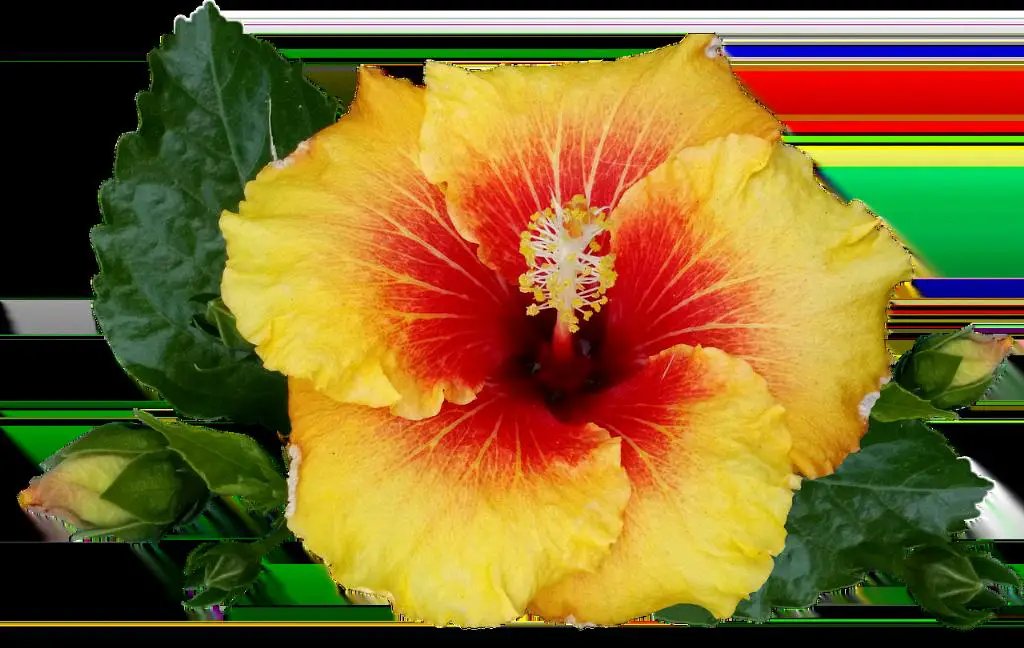When it comes to the question of whether sorrel and hibiscus are the same, it’s essential to delve into the intricacies of these two botanical entities. Sorrel, which is the Jamaican term for a specific type of hibiscus flower, is scientifically known as Roselle. This particular variety of hibiscus goes by different names in various cultures, such as bissap, wonjo, foléré, dabileni, and zobo, among others.
One of the primary applications of the Roselle plant is in the preparation of a beverage known as roselle juice. This drink, which is popular in regions like Africa, the Caribbean, and Mexico, is typically made from the flowers of the Roselle plant. Interestingly, in Mexico, it is referred to as agua de Jamaica, showcasing the diverse names and regional significance attached to this hibiscus variant.
It is important to note that while sorrel, specifically Roselle, belongs to the hibiscus family, it is distinct from other types of hibiscus plants. The infusion of the dried sepals of the hibiscus flower with hot water results in a vibrant red liquid that is versatile and flavorful. This infusion process is what gives rise to the unique beverage that is cherished in various parts of the world.
Despite the shared botanical classification within the hibiscus family, sorrel and other hibiscus varieties differ in their specific characteristics and applications. Sorrel, or Roselle, possesses its own set of attributes that distinguish it from other hibiscus species.
In terms of flavor profiles, sorrel, or Roselle, offers a distinct tartness and cranberry-like taste that sets it apart from the more common hibiscus types. This unique flavor profile contributes to the popularity of sorrel-based beverages and culinary creations that showcase its tangy and refreshing qualities.
Furthermore, the cultural significance of sorrel, particularly in Jamaican and Caribbean traditions, underscores its importance as more than just a botanical specimen. The incorporation of sorrel-based dishes and beverages in festive occasions and culinary practices reflects the deep-rooted cultural associations tied to this hibiscus variant.
While sorrel and hibiscus share certain botanical classifications, such as belonging to the same plant family, their distinct characteristics and applications set them apart as individual entities within the realm of botanical diversity. Understanding the nuances of sorrel, or Roselle, and its unique attributes can provide a deeper appreciation for this hibiscus variant and the cultural contexts in which it holds significance.
In conclusion, while sorrel and hibiscus are closely related within the hibiscus family, they are not the same. Sorrel, with its specific attributes, flavors, and cultural associations, stands out as a distinct variety of hibiscus that holds its own place in culinary, beverage, and cultural practices across different regions of the world.

